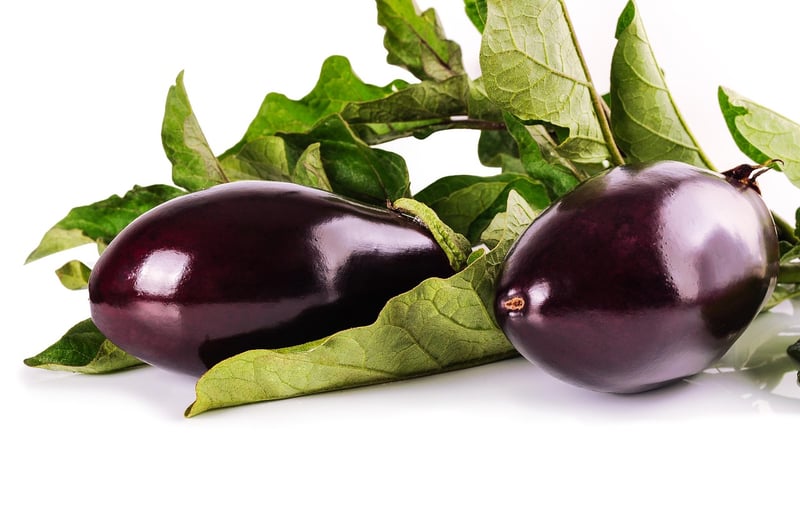Vegetable Patch
The Benefits of Growing Food in Cities
Urban farming has been gaining popularity in recent years as more people realize the benefits of growing their own food in cities. From rooftop gardens to community plots, urban agriculture offers a sustainable and rewarding way to produce fresh fruits and vegetables right in the heart of the city.
Why Grow Food in Cities?
1. Access to Fresh Produce: By growing food in cities, individuals have immediate access to fresh, organic produce without the need for long-distance transportation.
2. Environmental Benefits: Urban agriculture helps reduce the carbon footprint associated with food production and transportation, leading to a more sustainable food system.
3. Community Building: Participating in urban farming activities fosters a sense of community and allows individuals to connect with neighbors who share a passion for gardening and sustainability.
Starting Your Own Vegetable Patch
One popular way to grow food in cities is by creating a vegetable patch. Whether you have a small balcony or a spacious backyard, a vegetable patch can be tailored to fit your space and needs.
Steps to Create a Vegetable Patch:
- Choose a sunny spot: Select a location that receives at least 6-8 hours of sunlight per day for optimal plant growth.
- Prepare the soil: Ensure the soil is fertile and well-draining by adding compost or organic matter.
- Select your crops: Choose vegetables that are well-suited to your climate and growing conditions.
- Plant and maintain: Follow planting instructions and regularly water, fertilize, and weed your vegetable patch.
- Harvest and enjoy: Once your vegetables are ready for harvest, savor the fruits of your labor in delicious meals.
Embark on your urban farming journey today and experience the joys of growing your own food in the city!

Image Source: Pixabay
